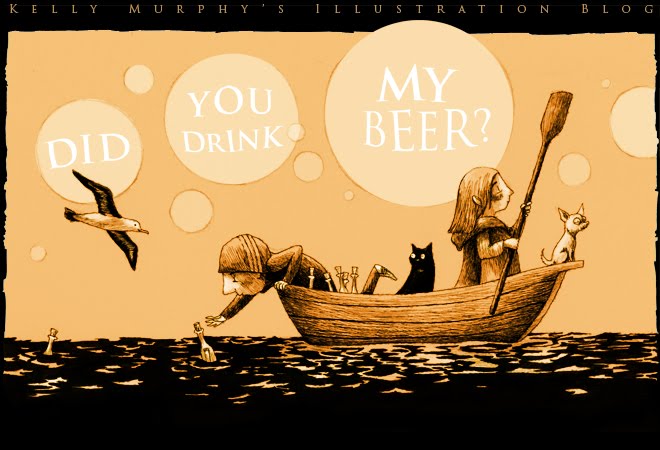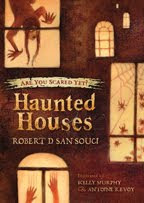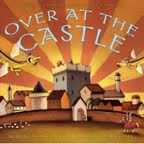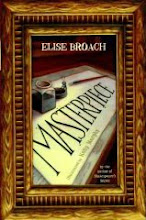
Another spot I was able to visit was the city of Carcassonne. It's a fortified french town just near the border between Spain and France. First signs of settlement in this region have been dated to about 3500 BC, but the hill site of Carsac – a Celtic place-name that has been retained at other sites in the south – became an important trading place in the 6th century BC. Carcassonne's defenses were strengthened by successive owners. In the 5th century, the Visigoth's extended the Roman defenses and for many years after Carcassonne Castle proved impenetrable to invaders.
Carcassonne France came under control of the French crown in 1247. King Louis IX (St. Louis) and his successor Philip III further strengthened the fortifications of Carcassonne Castle and built the "new town" outside the defenses. English troops laid siege to the city during the Hundred Years War, but once again in Carcassonne history, the fortifications proved impenetrable. For the next several centuries of Carcassonne history, the fortified walls were allowed to fall into disrepair. In the mid-19th century, the French government proposed demolishing the walls. A popular uproar saved Carcassonne Castle and the architect and historian Eugene Viollet-le-Duc was commissioned to restore the medieval fortifications. (Viollet-le-Duc also restored the famed Notre Dame Cathedral in Paris.)
To say I was flabbergasted is a bit of and understatement. The place is amazing! True enough, there are some obviously newer parts to the building and shops located inside the walls, but it's fabrication is done with historical preciseness, you can almost imagine what it was like in the 13th century... minus the leprosy, rotting meats, and lack of modern plumbing.
Boni Ashburn's two books, Hush, Little Dragon and Over At The Castle were heavily inspired by cities like this!!

































